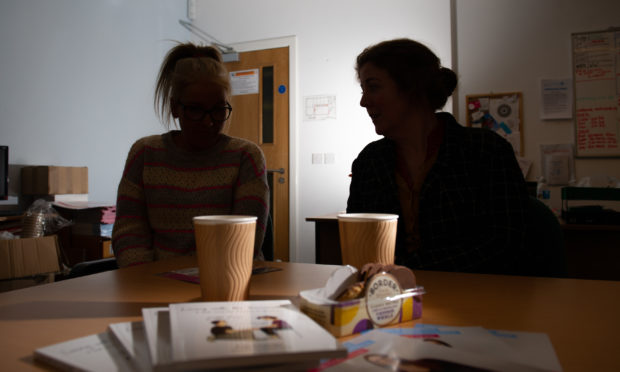Local police have received more than 200 reports of coercive control since new laws came into force at the start of April.
The new Domestic Abuse (Scotland) Act 2018 makes it an offence to use psychological techniques, such as such as deliberately isolating a partner, controlling their finances and continually checking on their whereabouts, to control a person’s behaviour.
Senior police officers in Tayside said the new measures had led to an increase in domestic abuse reports across the region.
A total of 208 women and 11 men have come forward in Tayside and Fife in the last 10 months.
Police have recorded 33 offences in Perth and Kinross, 58 in Dundee, 43 in Angus and 85 in Fife.
The first perpetrators in Fife and Angus have also been convicted and received prison sentences.
Kirriemuir SNP councillor Julie Bell said the figures reinforced that the “greatest risk for women is their partner and the most dangerous place for them is their home”.
She added: “Coercive control may be less obvious to spot but is often more damaging in the longer-term to the victim than physical abuse.
“It is an absolute blight on our society and impacts hugely on children and their ability to thrive.”
Police officers in Tayside are being given specialist training in how to recognise and deal with the offence during the international 16 Days of Activism Against Gender Violence campaign, which begins today.
Divisional commander for Tayside Chief Superintendent Andrew Todd welcomed the change to the law but said it was challenging “the ability of local policing to gather the required level of evidence, particularly in cases of coercive control which has taken place over a number of years”.
His Fife counterpart Chief Superintendent Derek McEwan also flagged the impact of the offence in his latest report to local councillors.
Dr Marsha Scott, chief executive of Scottish Women’s Aid, said her organisation was keeping a close eye on the figures.
“We have said from the beginning that implementation of the new law would be challenging, given the massive changes involved,” she said.
“We have heard encouraging stories about receptive police, robust prosecution, and successful outcomes. We have also heard stories that this response is inconsistent across and within local authority areas, but we expect to see improvements as the new landscape unfolds.”
A Scottish Government spokesman welcomed the figures as an early indication that the new laws are encouraging victims to come forward, while also providing police and prosecutors with greater powers to target wrongdoers.












